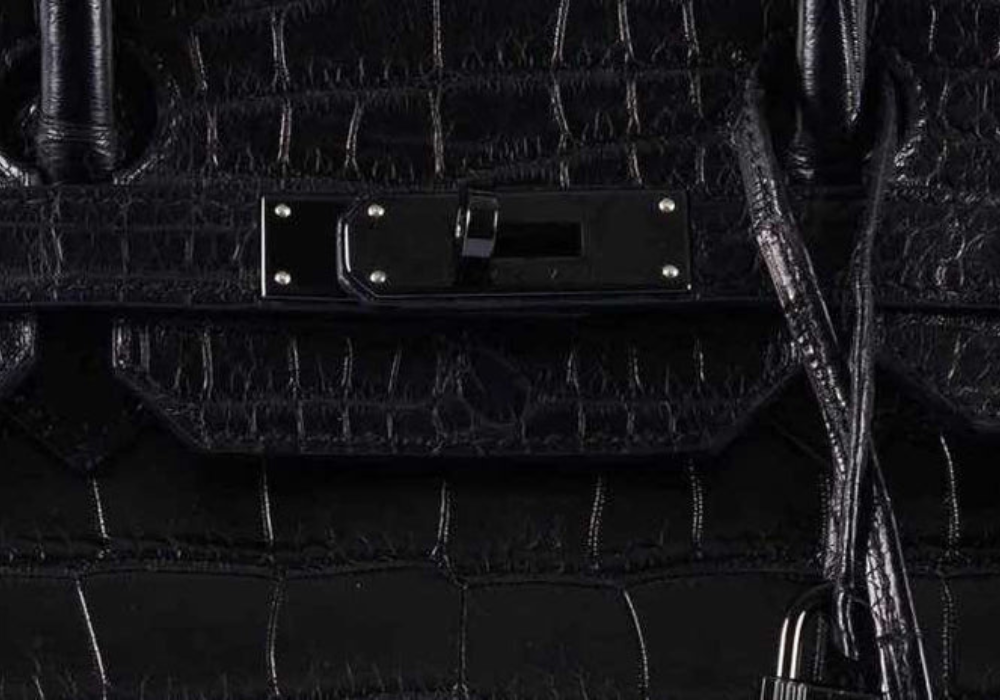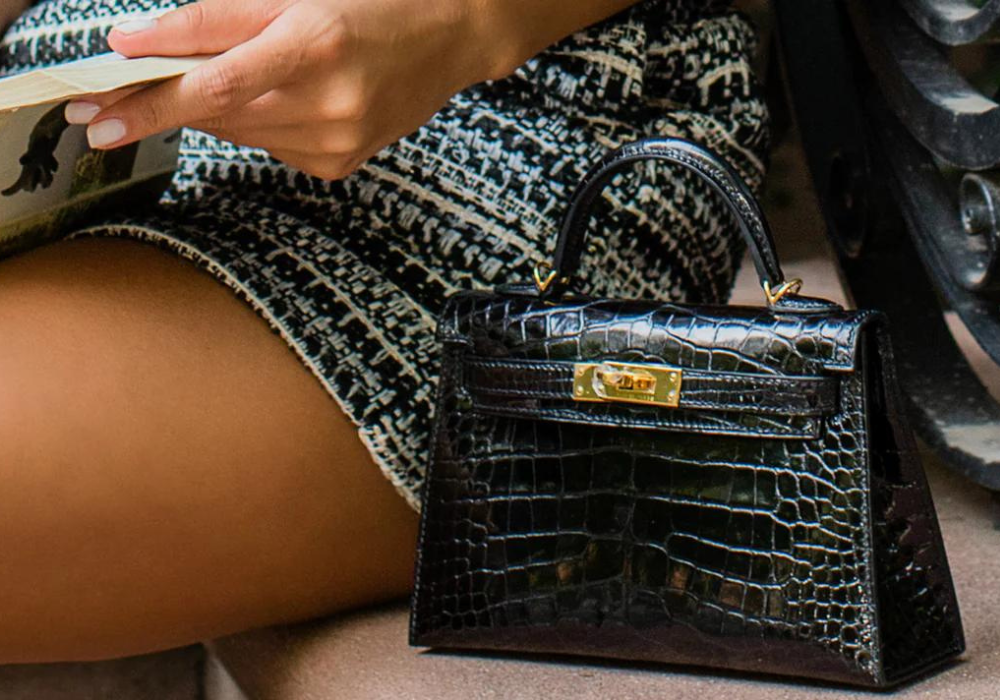While today Hermes is known as the epitome of luxury, crafting the highest quality products for all aspects of life, their roots trace back to a purely equestrian heritage. Hermes began making saddlery in Paris in 1837, and has evolved over the following centuries expanding into every corner of their clients’ lives, ma
While today Hermes is known as the epitome of luxury, crafting the highest quality products for all aspects of life, their roots trace back to a purely equestrian heritage. Hermes began making saddlery in Paris in 1837, and has evolved over the following centuries expanding into every corner of their clients’ lives, maintaining that original soul the whole way through. Hermes holds one leather in higher esteem than all others: a buttery soft, flawless calfskin with a rich fragrance called Barenia. This prized bridle leather has been used in equestrian accessories for many decades, and has been utilized by the house in handbags since the 1970’s. Today, Barenia is still produced by Hermes, though output is extremely limited due to the high standards of perfection required of the skins being used.
The process to create Barenia leather is a highly guarded secret. Only a handful of master tanners have perfected the complex and time consuming process, which involves double tanning the leather in chrome and vegetable dyes, then soaking the skins in a mixture of nine different oils for over five weeks before they can be dried, finished, and cut for creation. This leather, in it’s fresh and perfect state, is only worked by the hands of master craftsmen, who emboss the foil-less brand stamp, and assemble the bags by double saddle-stitching beeswax coated natural linen thread along the seams. A new type of Barenia leather was recently developed by Hermes. Dubbed Barenia Faubourg, this latest creation is tanned in the same way as the classic Barenia leather, but it then pressed with a grain similar to togo or clemence which gives this new leather texture and a velvety touch.

If there is one thing Barenia is known for, its patina. This leather is meant to last a lifetime, and it takes on a touch of every experience it has. Some joke that if you look at a Barenia bag too sharply, it scratches, but the intense oil treatment this leather undergoes allows most scratches to be massaged back into the bag with just a finger. It is also miraculously water resistant, raindrops evaporate in a matter of minutes leaving behind no trace. The beauty in Barenia comes as the color evolves. The rich tan darkens as it takes on other oils and absorbs the love it's given, creating a dense play of supple saddle tones that smooth together as one. The new Barenia Faubourg patinas in a similar way, though the grain simultaneously strengthens the leather against scratches and weakens its defenses against water.

Though Hermes has been producing and using Barenia leather in bags continuously for decades, they have never made these bags readily available for sale. Mainly due to the high quality standards resulting in low production, finding any Barenia bag at Hermes has always been a rare experience. This heritage leather has been used to produce almost every style of bag Hermes has designed; not only Birkins, Kellys, HACs, and Constances, but also bags like Evelynes, Picotins, Halzans, Sac a Depeches briefcases, Verrous, Plumes, Alines, Vespas, Trims, and more. Beyond the many style variations, Hermes also produced Barenia leather in a small variety of colors beyond the classic Fauve: Black, Ebene, and Vert Olive. A higher than average percentage of Barenia bags have brushed hardware, stretching the variations even deeper. Many Crinoline bags have Barenia trim, which is a fitting pairing as Crinoline is made of woven hairs from a horse’s tail.
Understanding the connection between Barenia leather and the spirit of Hermes is key to appreciating the House’s legacy in stretching the boundaries of a luxury lifestyle that is deeply rooted in equestrian heritage. A Barenia Birkin or Kelly bag represents this ideal to the highest degree, making these bags crucial to any Hermes collection.






Leave a comment
This site is protected by hCaptcha and the hCaptcha Privacy Policy and Terms of Service apply.